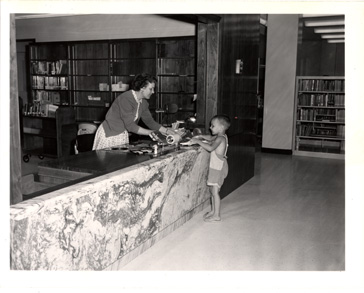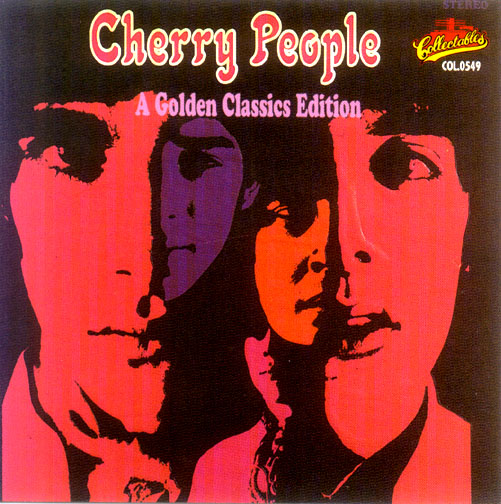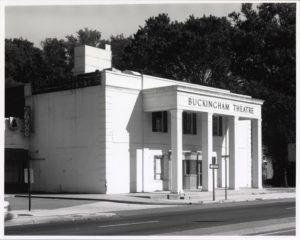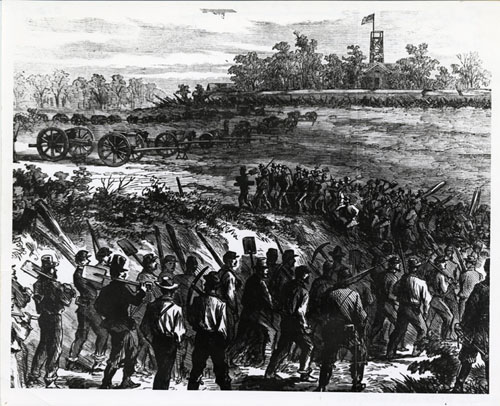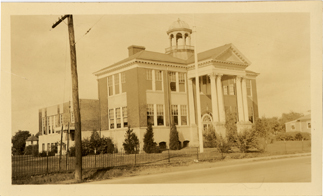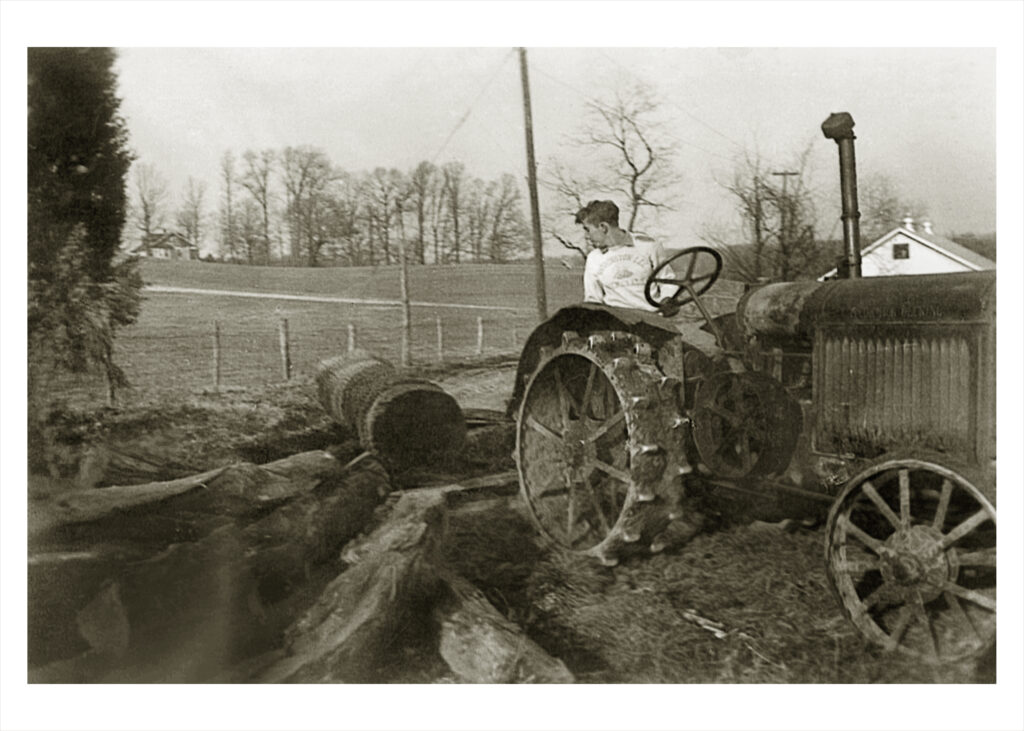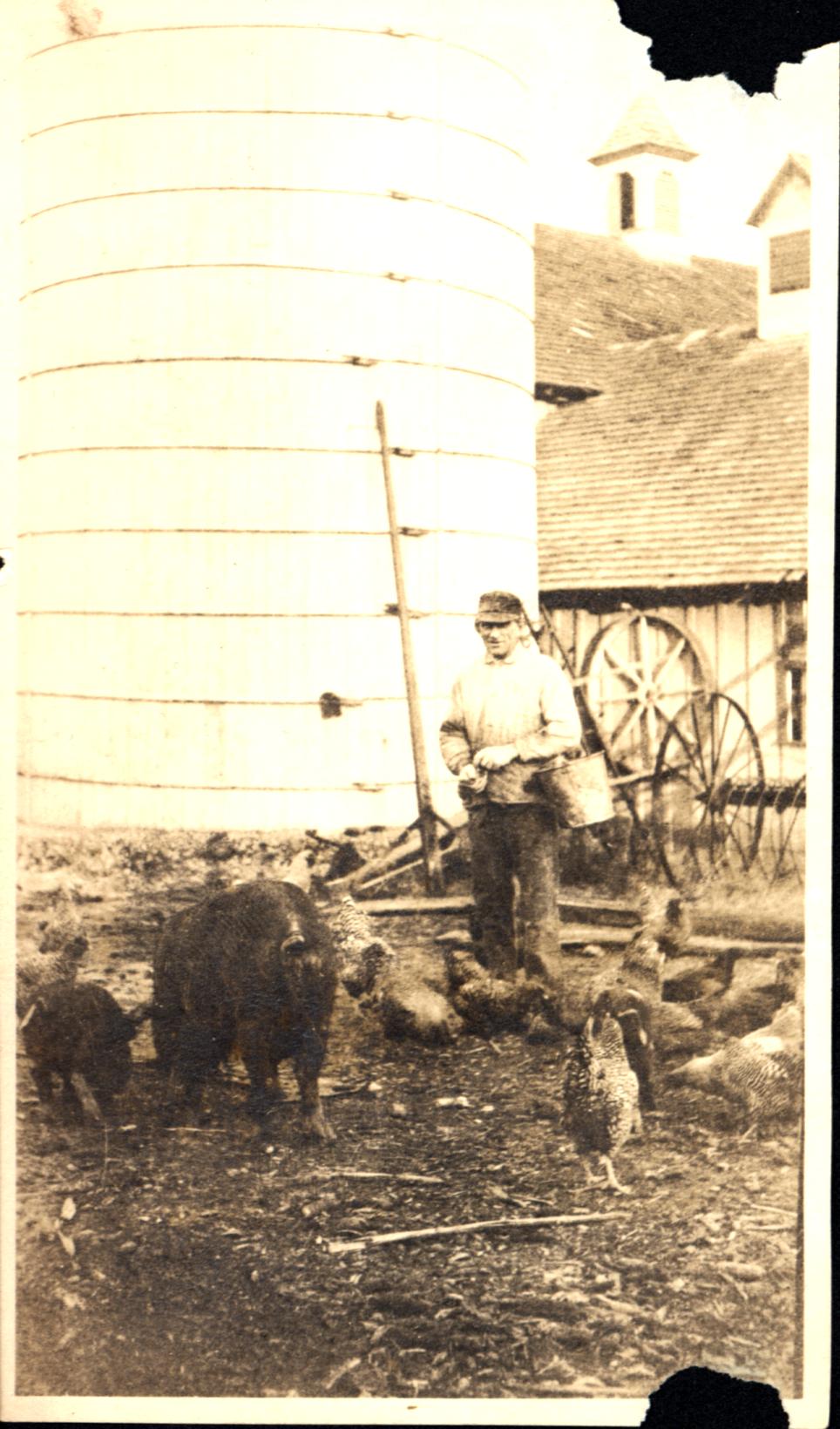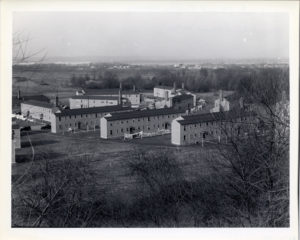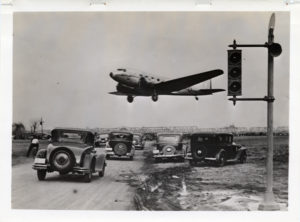Excerpt from Oral History with Sally B. Loving
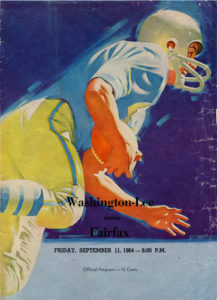
Football program
Washington-Lee High School is currently undergoing a major renovation [2007], but when it opened in 1925 it was considerably smaller and the community quite different from what it is today.
The following is from an oral history with Sally B. Loving, who taught at W-L for many years.
"When the site was decided upon, some said it was located in a spot in north Arlington equally difficult to reach from all points. And that was about the truth, because the County was not built up and it [the school] was way out in…the field so to speak. The [original] Washington-Lee building cost $200,000, plus $231,339 for equipment.
There were between 450 and 500 students there in 1925, when we entered the building. And when they first got in the building, we had to wait for the arrival of the chairs, so we either sat on the floor or stood. But that was the very beginning.
Washington-Lee was perhaps . . . the beginning of unifying the County, since the students came from Cherrydale, Clarendon, Ballston, Columbia Pike, and so forth. But it didn't take long. . . before you could realize what section of the County they came from. This is if there was a fire the night before: their loyalty went to their community (the fire department), and each one was sure that his fire department got there first. But gradually the spirit grew, as we grew up at Washington-Lee, and the spirit was good."
What About You?
Did you go to W-L? What do you remember about your school days in Arlington? Let us know!
Do you have a question about this story, or a personal experience to share?
Use this form to send a message to the Center for Local History.
Center For Local History - Blog Post Message Form
Do you have a question about this story, or a personal experience to share? Use this form to send a message to the Center for Local History.
"*" indicates required fields
